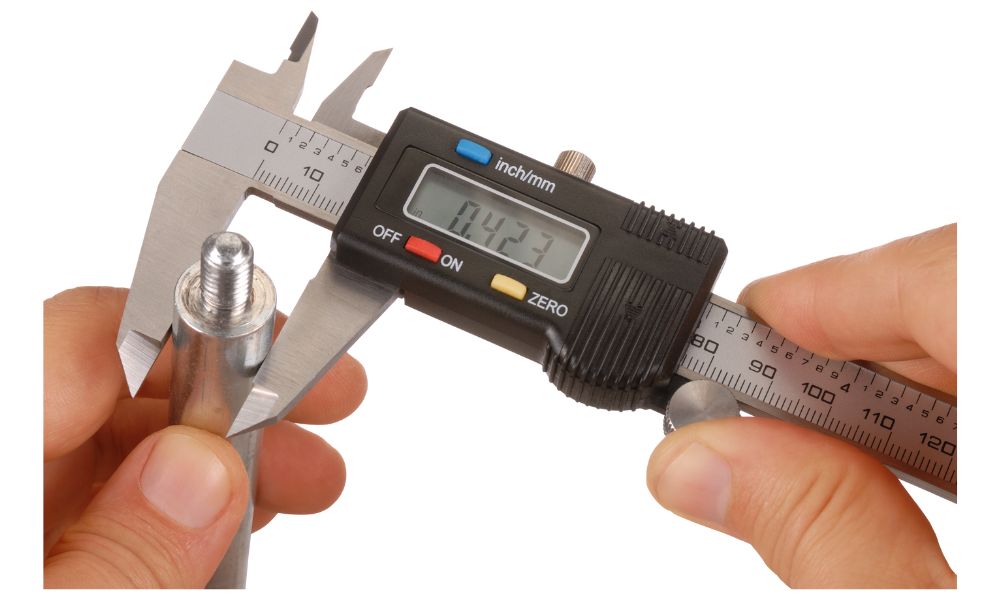How to save injection molding cost by Part thickness design reduction
By do the DFM (Design For Manufacturing) report and mold flow analysis to keep part thickness down to the minimum but having the same strength, we have reduced cooling times by as much as 31 seconds! As you can see by the table below example to show you how much you could save your injection molding cost, it doesn’t take a big annual volume for the savings to add up.
| Attribute | Value |
| Volume of Plastic Reduced | .06 Lbs. |
| Cost / Pound of Plastic | $ 5.34 |
| Material Savings / part | $ .32 |
| Cycle Time Reduction | 15 seconds |
| Machine Cost / Hour | $60 |
| Production cost saved / part | $.25 |
| Annual Part Volume | 10,000 |
| Total Annual Savings | $5,700 |
Theory
It has been shown that cooling time averages about 50% of the molding cycle for a typical plastic molded part. The additional 50% of the time consists of the filling, packing, and part ejection phases, which do not vary significantly from mold to mold. The cooling phase is the only phase that has any degree of variability. This is because the cooling of a molded part is determined by the rate of mold heat removal. Heat removal is impacted by many factors. Factors include the melt temperature, cooling channels design, part thickness, and the material and mold steel’s thermal capabilities.

Out of all the factors, the part wall thickness is the easiest to impact. In short, the thinner the part, the faster the cycle time, the more molded parts per hour get made. Since the relationship of part thickness to cooling time is exponential, a small thickness reduction yields big cooling time reductions and big savings.
As stated on the Injection Pressure page, part thickness reductions increase the injection pressure. The fundamental limit of how thin you can make the part is the machines pressure capability assuming that the part will still meet design intent with a thinner wall.
Without the use of mold flow analysis the part thickness is usually designed so that it errors on the thick “safe” side to avoid fill problems. However, with mold flow analysis, the thickness of the part can be iteratively reduced until the pressure reaches safe level (typically 17,000 psi). The process is usually complimented by performing a stress analysis to verify that the thinner walled part still meets the products design intent. The FEA process usually adds ribs and gussets to preserve the strength while using thinner walls.
If We have any plastic project that is ready to start make the plastic mold and massive production, you are welcome to send us, we will check the part design issues for you and send you a price for your reference.

